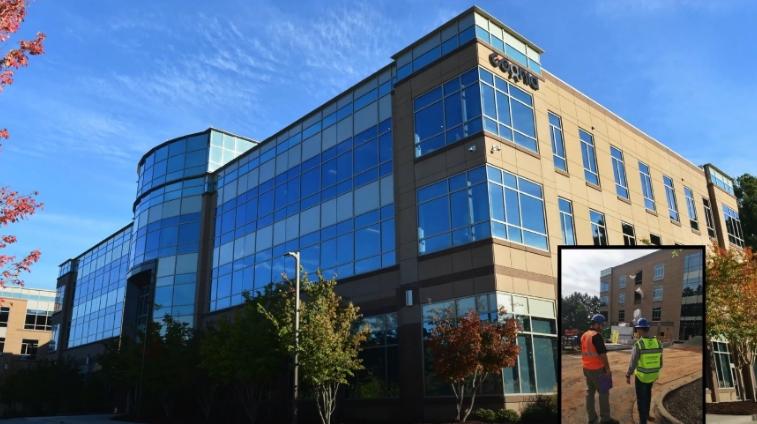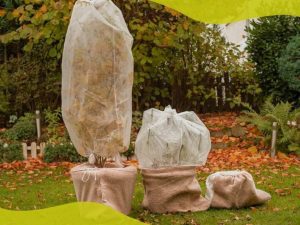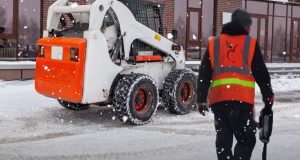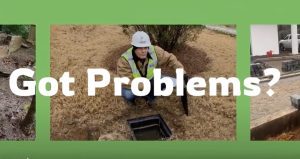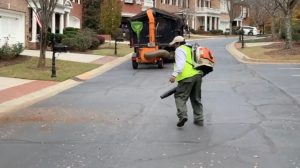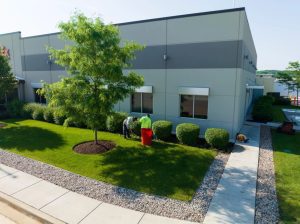Top 10 Benefits of Core Aeration to Lawns

There are many ways that Core Aeration benefits lawns.
- Core Aeration loosens up compacted lawns, improving resiliency and cushioning
- Increases soil pore space and oxygen needed for good growth of turf, improving air exchange between the soil and atmosphere
- Removes thatch, a physical barrier to nutrient uptake and water infiltration
- Improves root growth, creating stronger turfgrass roots
- Limits run-off or puddling of rain and irrigation water, with up to 25% water savings
Provides better fertilizer penetration, delivering it right to the rootzone
Increases effectiveness and distribution of lime and gypsum
Stimulates new root development
Provides evenly spaced seeding holes for reseeding
Enhances tolerance of the lawn to heat and drought stress
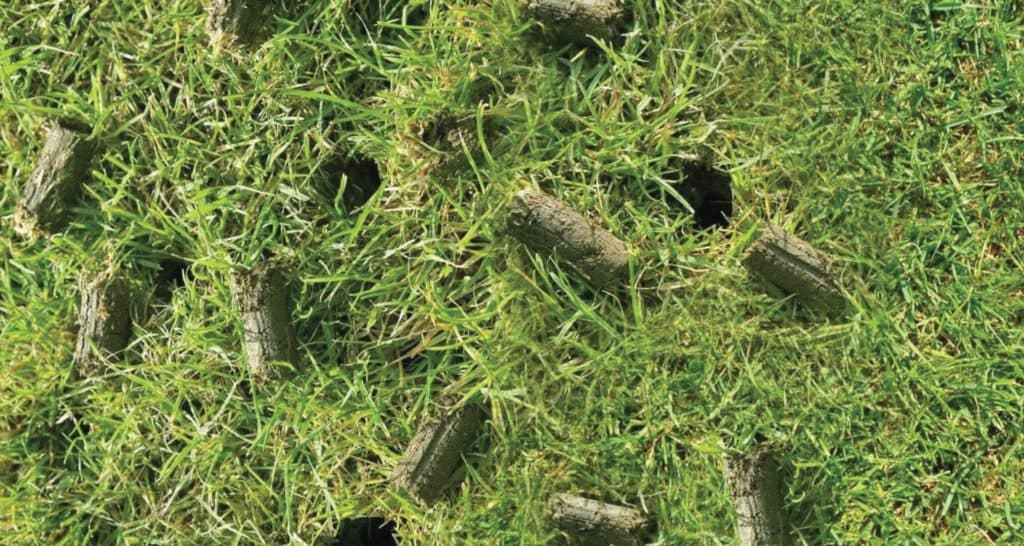
What is Core Aeration Anyway?
To understand core aeration better: it involves removing small cylinders of soil known as "cores" from compacted lawns to address thatch buildup. This allows rainwater and fertilizers to penetrate the soil while enabling the roots of the turf to breathe and expand. An aeration machine is used to extract ½ inch tubes of soil from the lawn's surface.What is thatch?
Thatch refers to a layer of accumulated cut grass clippings, dead roots, and miscellaneous debris that settles at the soil level within individual grass plants in a lawn. It is particularly common among warm-weather creeping turf varieties like Bermuda and Zoysia.
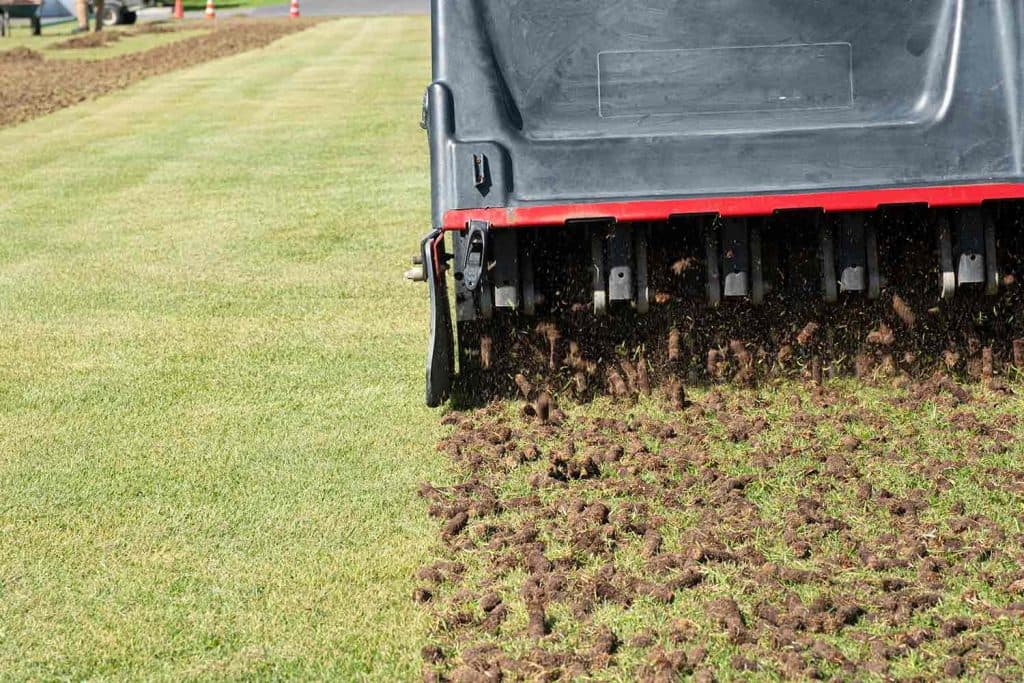
When should I aerate?
Crabapple’s Team of Experts are able to evaluate your turf and recommend this procedure if needed:
- If turf is only shallowly rooted
- If the lawn is heavily used, causing thin areas
- If the thatch layer is thicker than ½ inch
- If the soil is heavy clay
- It is best not to aerate newly-seeded lawns
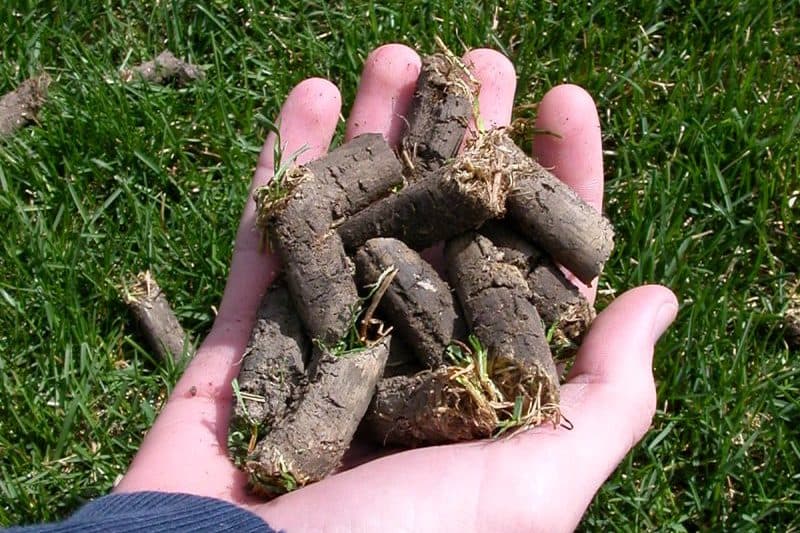
When is the best time to aerate warm season lawns?
Right now (March) and through June or July, when warm season grasses are coming out of winter dormancy and beginning a vigorous period of growth as the soils warm up. Lawns will recover quickly from aeration at this time.
What are the best practices for Core Aeration?
- Soil is moist but not wet
- The aeration machine is run in two different directions over the lawn for good coverage
- Lawns can be aerated once a year, especially under heavy use
- Soil cores are are best left on the lawn surface; they typically work back into the grass in 2-4 weeks
- Lawns may be fertilized and seeded immediately following aeration with or without further soil top dressing
- Crabapple LandscapExperts will mark sprinkler heads, shallow lines frosprinkler, underground utilities, cable, and septic lines before aerating to make sur. they will not be damaged.

